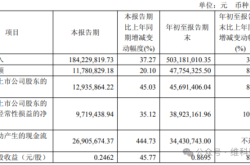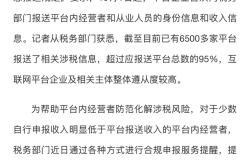Accompanying adults, sports competitions, elderly care, humanoid robots find broader applications beyond factory settings
![]() 03/26 2025
03/26 2025
![]() 592
592
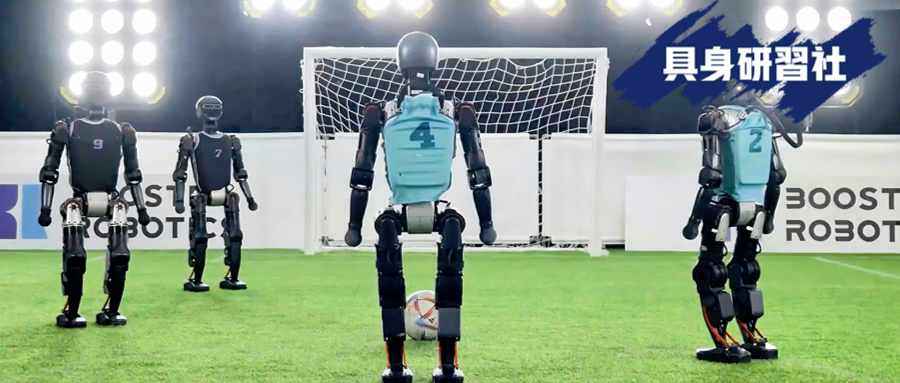
While factory settings provide an ideal starting point for the implementation of humanoid robots, they are merely one aspect of the commercialization landscape, not the ultimate answer. Beyond factories, there are even broader application scenarios awaiting exploration. Unstructured environments not only provide diverse testing grounds for humanoid robots but also accelerate technological iteration and product evolution through feedback from real-world scenarios.
Editor: Di Xintong
Almost all humanoid robot manufacturers focus on factory settings when showcasing their landing application cases, even regarding it as the "optimal solution" for the commercialization of humanoid robots. For a time, factory workshops seemed to become the "training ground" for humanoid robots, with swarms of robots flooding into production lines and starting their "working" mode.
However, this phenomenon also raises a core question: Why factory settings?
From a technical perspective, factory environments are semi-structured with clear task instructions, which highly aligns with the current technical capabilities of humanoid robots. The standardized processes and controlled environments in factory settings provide an ideal testing ground for humanoid robots, enabling them to achieve efficient implementation within limited technical boundaries.
From an industrial value perspective, as representatives of new-quality productivity, the core mission of humanoid robots is not simply to "replace human labor" but to "assist human labor" and even "complement human labor". Currently, the manufacturing industry is facing a structural "labor shortage", especially in low-tech, labor-intensive industries, where the labor gap is particularly prominent. Taking a city in southern China as an example, the labor shortage in the fourth quarter of 2024 approached the millions. Against this backdrop, humanoid robots, with their flexible manufacturing capabilities and continuous operation abilities, have become one of the ideal solutions to fill the labor gap.
From a long-term development perspective, factory settings are not only the starting point for the commercialization of humanoid robots but also an important springboard for their technological iteration and scenario expansion.
But do factories really have to be the only place to accommodate humanoid robots?
In the view of Embodied Learning Society, while factory settings provide an ideal starting point for the implementation of humanoid robots, they are merely one aspect of the commercialization landscape, not the ultimate answer. Beyond factories, there are even broader application scenarios awaiting exploration. Unstructured environments not only provide diverse testing grounds for humanoid robots but also accelerate technological iteration and product evolution through feedback from real-world scenarios.
Furthermore, diverse scenario needs will spawn more targeted solutions, driving the evolution of humanoid robots from "single function" to "multi-scenario adaptability".
A batch of humanoid robots have emerged on the market, running towards new scenarios and finding new outlets beyond factories.

Sports and entertainment come together
Deliberate cultivation and unintended results
If factories are relatively controllable environments, then sports scenarios and entertainment activities are the most uncontrollable environments.
Although the ground conditions in sports venues are relatively stable, multi-robot collaborative competitions bring high uncertainty. A single robot's action mistake may trigger a "domino effect", leading to group out-of-control situations. Taking football, the most prominent area for robots in sports events, as an example, a robot's balance disorder may directly change the course of the game, placing extreme demands on real-time decision-making algorithms and motion control abilities.
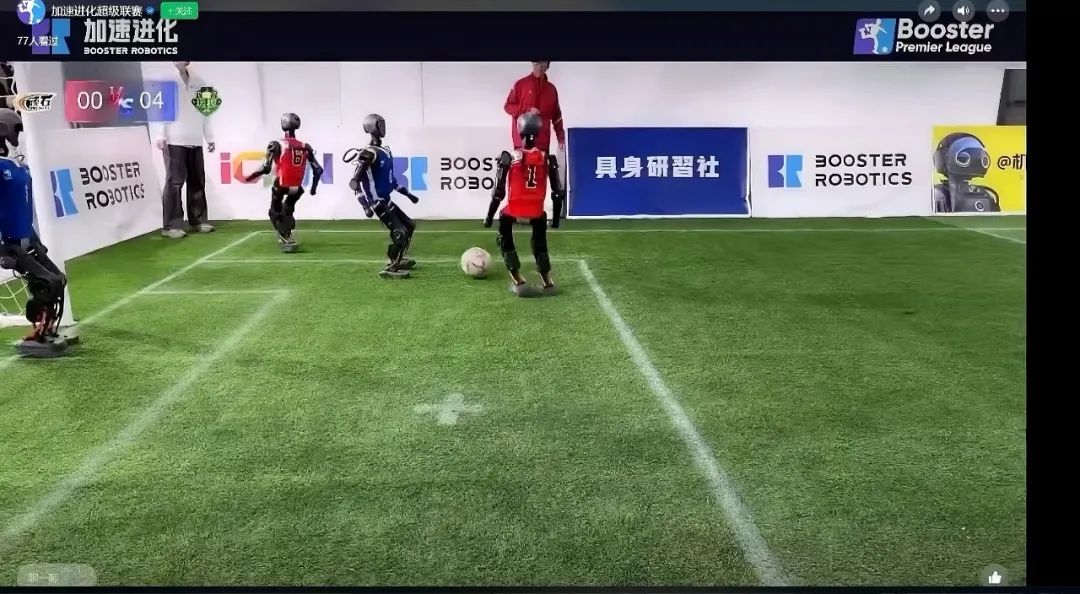
Image source: Accelerated Evolution
The complexity of entertainment performances is even greater. The ground material, spatial layout, and lighting conditions may vary significantly from event to event, and dense crowd interactions put enormous pressure on the obstacle avoidance system. Robots must not only accurately perform tasks in noisy environments but also deal with random interferences from the audience. Any slight carelessness may lead to "confusing robot behaviors", turning into "black history" in users' secondary dissemination copywriting.
Obviously, the magnitude of uncertain factors in these scenarios is exponentially proportional to the requirements for robot technology. But precisely because of this, they may become the best "training ground" to drive technological breakthroughs.
Zhao Mingguo, a professor at Tsinghua University and chief scientist of Accelerated Evolution, once said, "Football is the ultimate touchstone for embodied intelligence, requiring the integration of motion control, dynamic environment interaction, and real-time decision-making abilities. Its multi-modal coordination mechanism pushes humanoid robots to break through the limits of complex tasks."
The Booster T1 from Accelerated Evolution, specifically designed for developers, is lightweight, flexible, and durable. It defeated the German team with a score of 9:0 in the adult group finals of the 2025 RoboCup German Open.
Unitree Technology has also released Unitree G1-Comp, the first application scenario for the G1 humanoid robot. Officially known as a "football superstar created for events", the robot can run, turn, and spin on the football field. Its physical confrontation ability enables it to remain stable after collisions and can autonomously stand up.
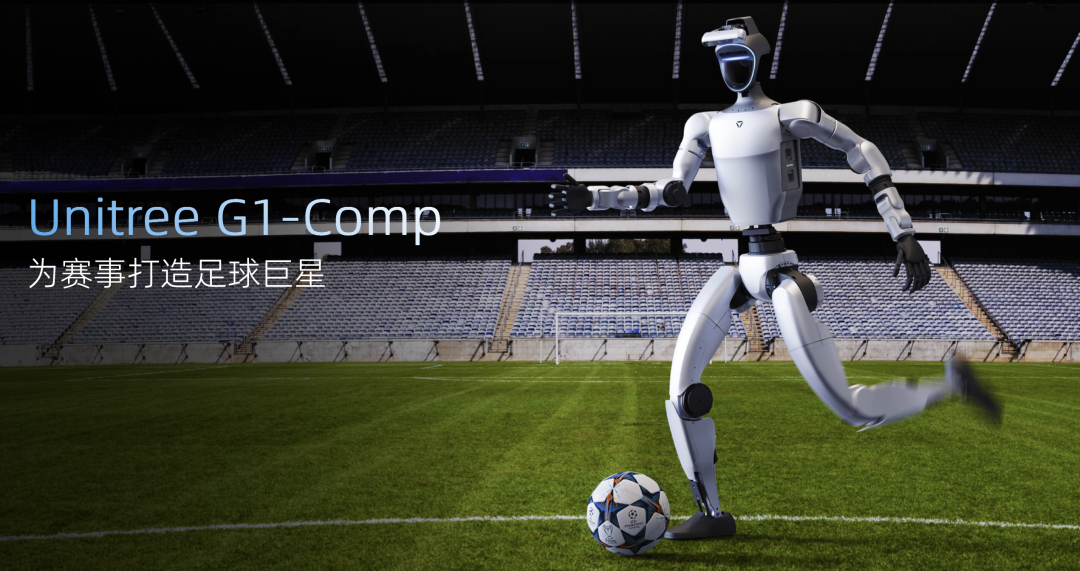
Image source: Unitree Technology
G1-Comp has added 2 degrees of freedom in the head, which, combined with a depth camera, can achieve 180-degree field of view coverage. It can lock onto the football through the head camera and complete the shot.
"Playing football" is just a cut-in point, exposing the robot's motion and response abilities in uncontrollable environments. Based on this context, two main development lines can be extended: First, new business formats can be derived from football events, comparable to the development of new business formats brought about by e-sports events; Second, its abilities trained and data feedback from football events can be transferred to other scenarios, such as elderly care, household use, and other unstructured environments.
If sports events are scenarios deliberately cultivated by some manufacturers, then entertainment activities and commercial performances are scenarios that emerged "unintentionally".
Since the "rental business strategy" of Unitree Technology went viral, Unitree robots have appeared in various commercial performance venues, from forming bands on stage to interacting with the audience; from indoor malls to outdoor activities, Unitree Technology has become the "hardworking model" of 2025. These seamlessly integrated scenarios with daily life are the first step for robots to enter households and are also testing grounds for their true sensing abilities, interaction abilities, obstacle avoidance abilities, and other multi-dimensional technologies.
In addition to Unitree Technology, other humanoid robot products have also appeared in many commercial scenarios, such as playing the role of a "daily rental boyfriend" accompanying humans shopping.
The reason why commercial performances are called "unintentional" is that humanoid robot manufacturers are not interested in this. A humanoid robot manufacturer once told the Embodied Learning Society that scientific research institutions are landing more at this stage, and performances are only for dissemination needs, not rigid demand scenarios.
However, even these "non-rigid demand scenarios" have accelerated technological breakthroughs in humanoid robots. Currently, their applications in commercial performances have undergone an evolution from preset actions to any learnable actions.

Focusing on elderly care scenarios
Difficult to break the deadlock alone
Elderly care scenarios are considered the best application scenarios for humanoid robots, alongside factory settings.
Although the environmental space and demand instructions of elderly care scenarios are vastly different from those of factory settings, their development characteristics and imagination space are similar to factories, urgently requiring new productivity to drive changes in production relations.
Data shows that by the end of 2024, China had 310 million people aged 60 and above, and 220 million people aged 65 and above, accounting for 22% and 15.6% of the total population, respectively, indicating that China has entered a stage of moderate aging. It is estimated that by 2035, the population aged 60 and above will exceed 300 million. The current trend of moderate aging and the future direction of aging are clearly visible.
On one hand, there is a trillion-scale silver economy blue ocean, and on the other hand, there is a mismatch between refined service needs and low-skilled practitioners, resulting in a shortage of nursing staff. Under this structural dilemma, opportunities are created for humanoid robots. From daily care to rehabilitation training, from emotional companionship to emergency response, each sub-scenario is a strategic high ground for technology landing.
This year's "Government Work Report" also proposed actively responding to population aging, improving and developing the elderly care industry and policy mechanisms for the elderly care industry, and vigorously developing the silver economy. Not long ago, the International Electrotechnical Commission (IEC) officially released the international standard for elderly care robots (IEC 63310 "Performance Criteria for Actively Assisted Living Robots Used in Connected Home Environments") led by China.
The special seminar at the 2025 Annual Meeting of the China Development Forum also discussed related topics. It is estimated that the approximately 20 years before 2035 will be a period with a relatively low degree of population aging in China for the rest of this century and an important "window period" for actively responding to population aging.
The policy wind has arrived, and the industrial window period has opened. The convergence of these two factors provides the best assistance for the landing of humanoid robots in elderly care scenarios.
Currently, robot products such as bathing robots, toilet care robots, and walking assistance robots have begun trials in real-world scenarios. However, they only solve single elderly care problems and are not universal solutions for taking care of the entire life of the elderly. Therefore, the mainstream view in the industry is that the optimal solution for elderly care is humanoid robots, which can be more seamlessly deployed in a human-scaled world.
For example, Tencent Robotics X Lab has developed an elderly care robot named "Xiaowu", which has multiple abilities such as safe human-robot physical interaction. It can assist in caring for patients and the elderly, achieving functions such as holding and lifting, active suspension, folding, and unfolding; the "Lingxi" product line, one of the three major business divisions of Zhiyuan Robotics, focuses on elderly care scenarios.
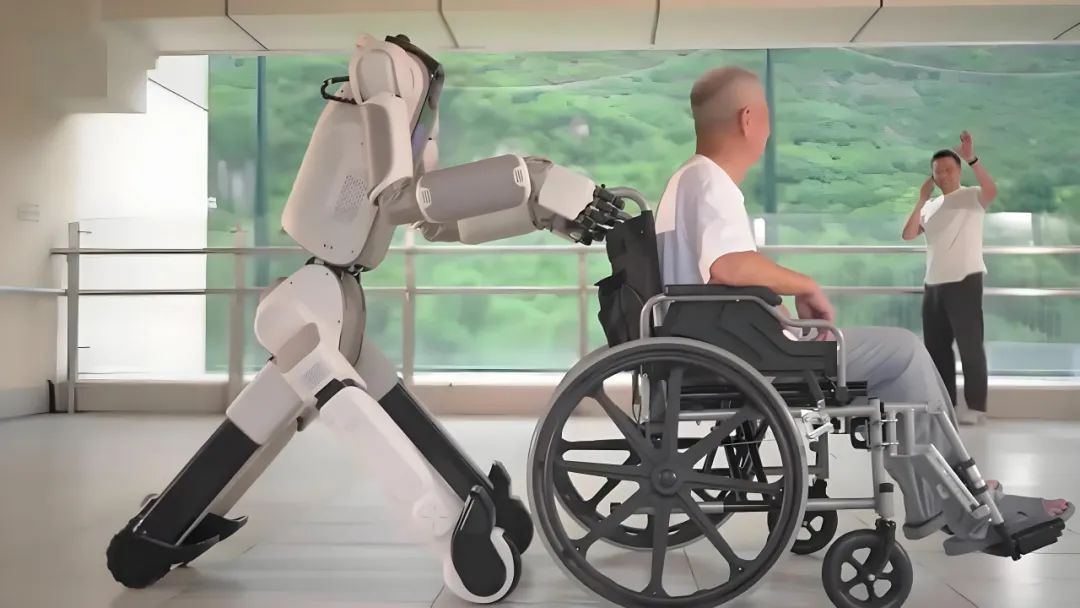
Image source: Tencent
Compared to industrial scenarios, where batch pilots or applications have already begun, humanoid robots entering elderly care scenarios will need to wait for several years.
This not only requires technological iteration to accelerate and meet all emergencies in elderly care but also requires multiple parties in the industry to jointly build a more mature ecological environment. For example, trust crises and interdisciplinary collaboration.
First, the acceptance of emotional interaction with robots by the elderly is low, and the concern that robots cannot replace the companionship of children stands in the way, becoming a key obstacle to robot penetration. Standardized mechanical actions are difficult to capture subtle changes in human emotions. Elderly people living alone pay more attention to emotional needs, and the interaction abilities of robots are difficult to meet.
Second, elderly care robots require not only research and development by the robot team but also the integration of knowledge from multiple disciplines such as psychology, geriatrics, and sociology. However, the current interdisciplinary industry-research mechanism is not yet mature.
It can be seen that although elderly care scenarios are in a window period of opportunity, they have higher requirements and greater challenges, and these hurdles cannot be solved solely by robot manufacturers.

Bionic robots emphasize interaction
Maximizing emotional value
Within the humanoid robot camp, there are differences in configuration between bipedal and wheeled robots, as well as differences in appearance between "steel bodies" and "human-like touch". The former tends to appear in the role of productivity, while the latter emphasizes emotional value on this basis and focuses on the companionship attribute of robots. However, while the vision is good, overly human-like appearances and textures can easily trigger the "uncanny valley effect".
The characteristics of bionic robots determine their technical focus, emphasizing highly human-like appearance design and deep emotional interaction. Highly human-like appearance requires not only soft skin texture similar to humans but also micro-expression control abilities, testing the collaborative abilities of hardware and software such as motors and algorithm planning by manufacturers; deep emotional interaction requires abilities such as facial expression recognition and speech intonation analysis.
Taking the bionic robot "Hobbs" launched by Songyan Robotics as an example, the robot's appearance is set to resemble an Asian male. Unlike robot products from Unitree Technology and Zhongqing, whose heads only have a "steel" appearance, this robot can perform actions such as opening its mouth, frowning, and blinking.
"Hobbs' mouth uses 14 motors." Hu Chenxu, co-founder of Songyan Robotics, once analyzed the difficulty of the facial expression of bionic robots to the media. He said that the motion quality of humanoid robots is mainly determined by joints, with relatively determined directions and trajectories. However, to replicate human muscle movements on robots requires more sophisticated algorithm planning.

Image source: Embodied Learning Society
Currently, this robot has taken on the role of a "tour guide" in exhibition halls. The bionic robot "Xialan" from Digital Huaxia is also applied in various scenarios such as government service halls, commercial services, and exhibition hall endorsements.
But this is just one of the landing scenarios for bionic robots. Following the "bionic" thread of association, more imaginative space may lie in companionship. The demand for companionship can be explained by a quote from the founder of Realbotix: "The actual scenario is determined by the user".
Realbotix's bionic companion humanoid robot "Melody" can engage in dialogue and physical interaction with humans. The founder has many years of experience in silicone adult dolls. Domestic adult doll company Jinsan Wanmei has also embraced the power of large models, leveraging them to enhance the interactive experience and drive sales. It is understood that Jinsan Wanmei's MetaBox equipped with large models was launched in overseas markets in December last year, including the United States, Germany, Japan, South Korea, etc., and is expected to be launched in China in April.
The feasibility of this commercialization is self-evident, but whether it can achieve long-term and healthy development remains to be verified over time.
However, aside from adult companionship, if bionic robots integrate into daily life in the role of "emotional partners", they may open up a broader situation.
As the "wave of working" in factory settings gradually fades, the evolutionary map of humanoid robots is slowly unfolding. From "tactical games" in sports venues to "impromptu performances" on entertainment stages, from "warm companionship" in elderly care communities to "emotional resonance" in bionic interactions, this technological revolution has long broken through the industrial siege and penetrated into the capillaries of human life.
However, this journey is far from smooth - the butterfly effect of sports competition, the ethical labyrinth of the silver economy, and the uncanny valley trap of bionic interaction, each challenge tests the boundaries of technology and the wisdom of business. But it is these difficult "dungeons" that drive the transformation of humanoid robots from "mechanical executors" to "intelligent partners."
Note: The cover image is sourced from the official website of Accelerated Evolution

